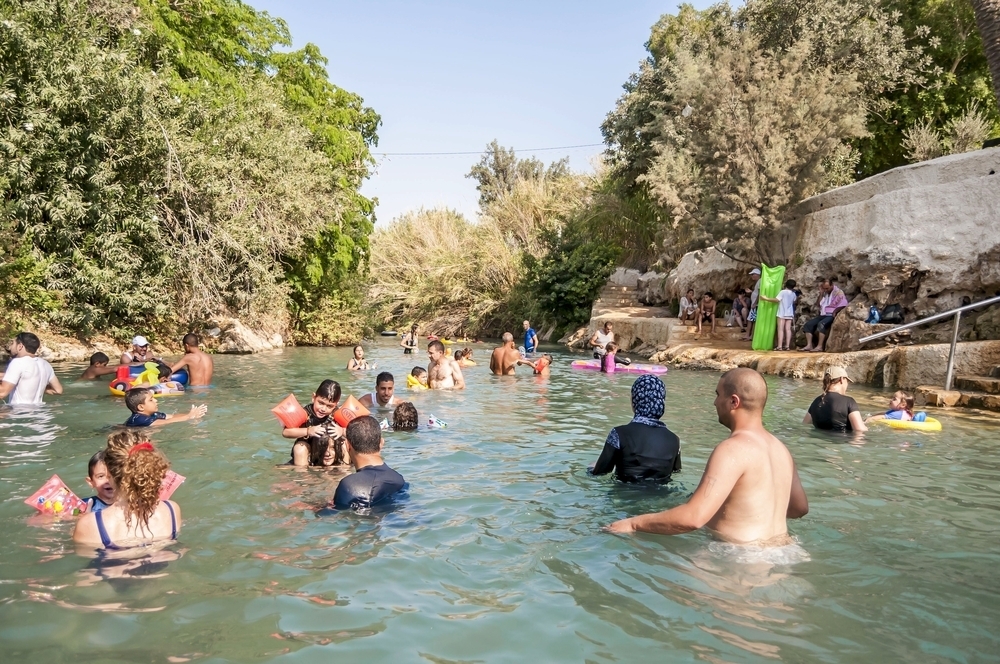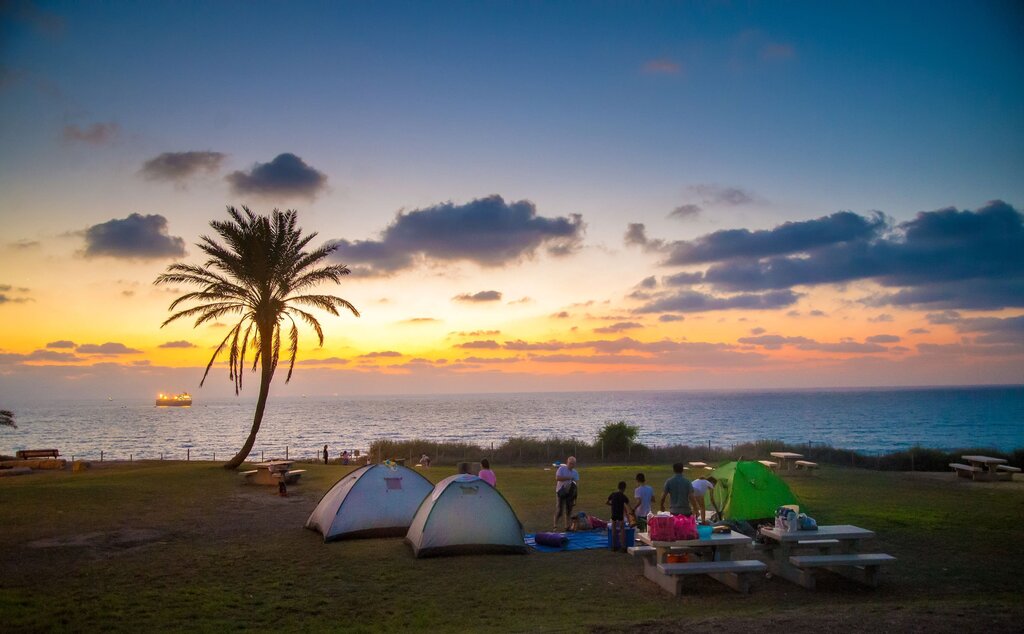As Israel along with the rest of the world battles the coronavirus pandemic, many Israelis decided to skip vacationing overseas to explore the country's tourism hotspots.
According to a report from the Israel Nature and Parks Authority, published earlier this week, it appears that almost 1.9 million travelers visited nature reserves and national parks across the country over the past summer.
The amount is equal to numbers reported in 2019, before COVID-19 disruped our lives. However, in 2019 more than 400,000 travelers were tourists from abroad, while this summer only 24,000 visitors came from overseas.
In 2020 the number of tourists was significantly lower due to sever COVID restrictions that were in place at the time. Nature and Parks Authority said the number stood at around 1.5 million visitors and the vast majority were Israelis.
In other words, Israelis that stayed in the country this summer and went to travel, filled the shortage of tourists between July and August throughout the years, which constitutes some 35 percent of total visitors to the sites of Israel Nature and Parks Authority.
The most popular site among travelers this summer was Gan HaShlosha National Park, which was visited by 131,000 travelers over the summer. The second most visited site was Tal Grove National Park with 100,000 travelers - an increase of almost 25,000 compared to summer 2019.
In third place appears to be Tel Ashkelon National Park with 95,000 visitors, followed by Nahal Snir with 87,000, Yarkon National Park with 82,000 and Tel Dan Reserve with 81,000.
The site that stands out by being absent from the ranking is the Dahila Stream Estuary Reserve, which was second in 2019, and even first in the previous years. This may be due to water pollution warnings issued for local streams in the area by the Health Ministry earlier this year.
The report also indicates that camping gained popularity among Israelis with an increase in the amount of visitors in overnight parking lots - 150,000 this summer compared to 117,000 in the summer of 2019.
Tal Grove's overnight parking lot appears to be the most popular with about 47,000 visitors, followed by Achziv with 29,000, Maayan Harod with 16,000, Mishmar Hacarmel farm with 13,000, Tel Ashkelon with 9,400, Yarkon National Park with 7,500 and Khan Be'erot in Ramon Cater with 4,900.
Director General of the Israel Nature and Parks Authority Shaul Goldstein said he is happy that Israelis opt to vacation in the country and didn't let "the heat and COVID" stop them from enjoying the nature.
Director of the Public and Community Division of the Israel Nature and Parks Authority Raya Soreki said in order to enrich the visitors' experience they initiated a project named "Breathing Culture", in which street artists perform in national parks and nature reserves - in partnership with Israel's state lottery.
Soreki said the visits were allowed in line with current coronavirus restrictions. "The system allowed us to manage and regulate the visitors, so we could invite the public to sites that weren't overcrowded and spread the visitors across the country."
First published: 13:55, 09.03.21




